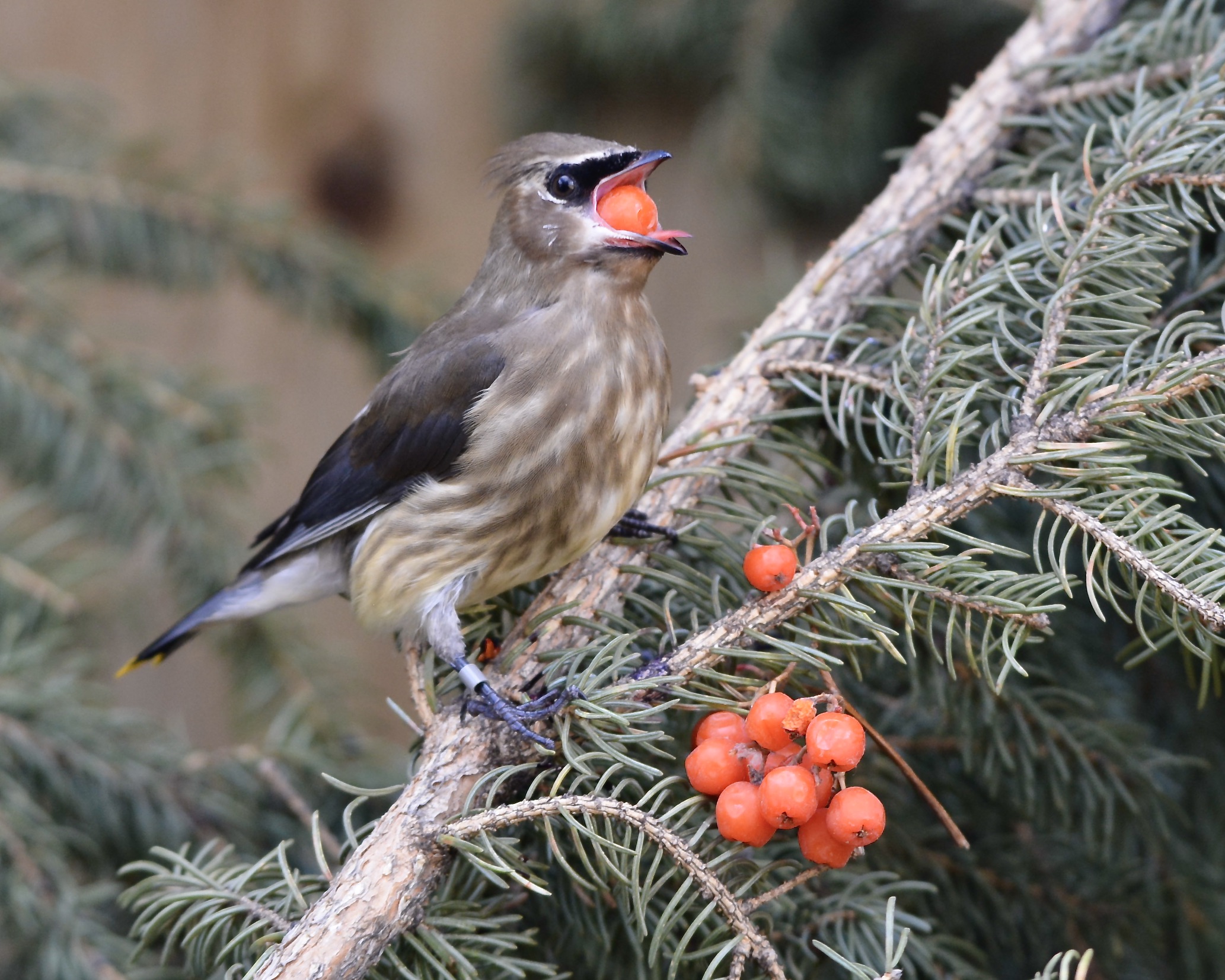
Let’s Talk About bird tongues, AGAIN!
By Jennea Frischke After writing “Let’s Talk About Bird Tongues”, I’ve been so curious about other bird tongues. I covered three types of woodpecker tongues

By Jennea Frischke After writing “Let’s Talk About Bird Tongues”, I’ve been so curious about other bird tongues. I covered three types of woodpecker tongues
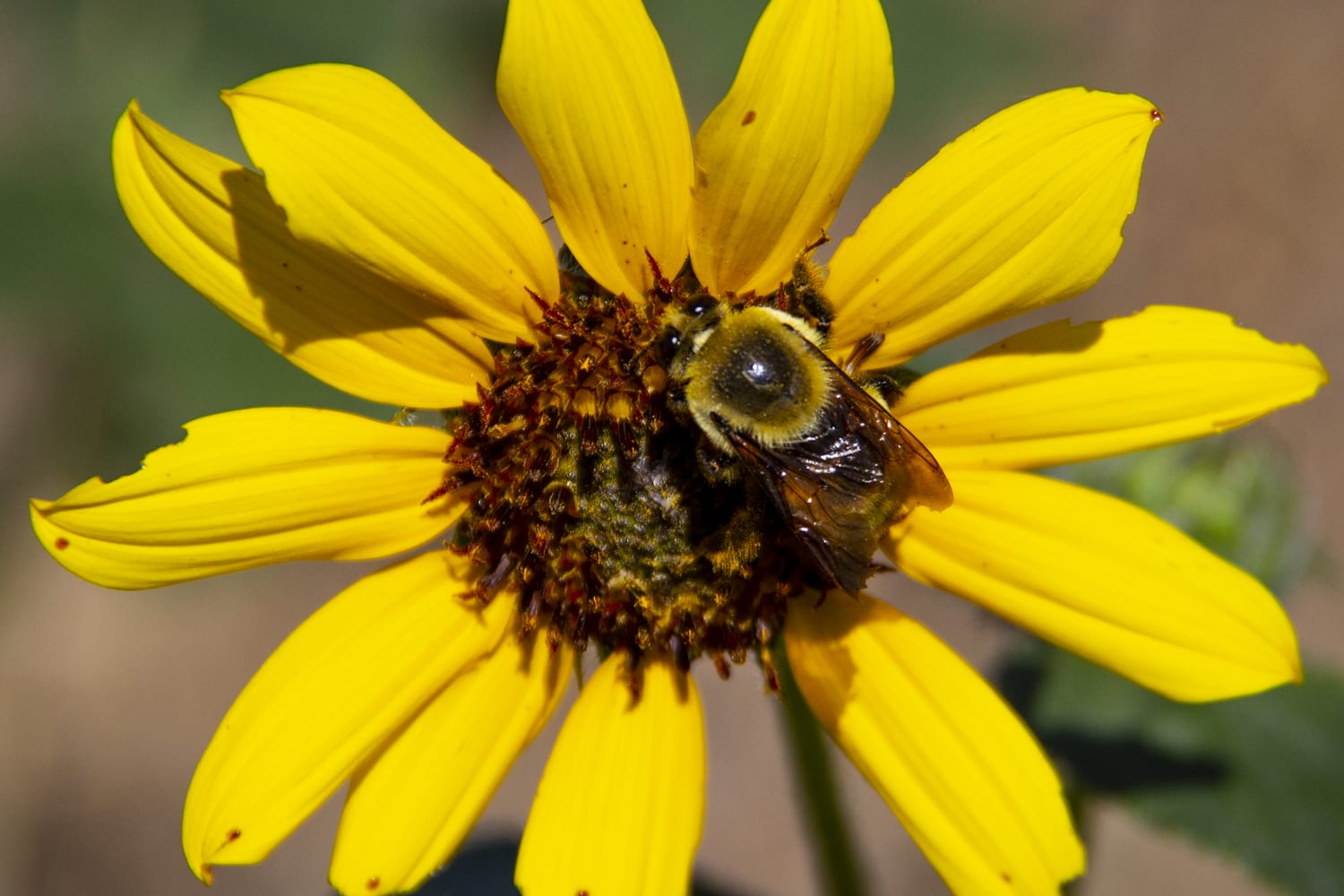
by Chelsea Blyth Within Alberta’s landscapes, residents have an opportunity to cultivate thriving ecosystems right in their own backyard. By making conscious choices in garden
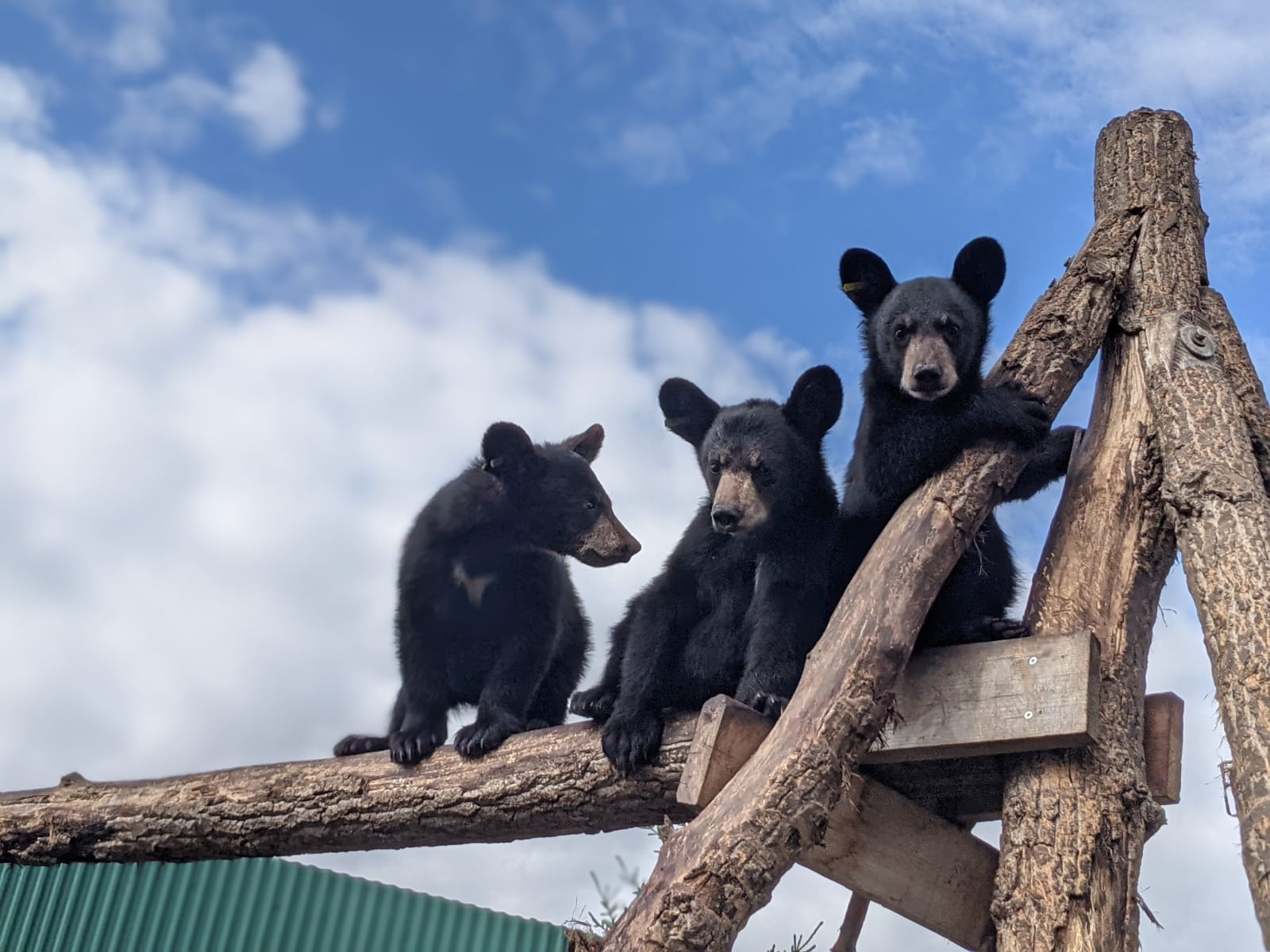
by Chelsea Blyth Alberta is home to some of North America’s most magnificent wildlife, including the iconic black bear and grizzly bear. These impressive creatures
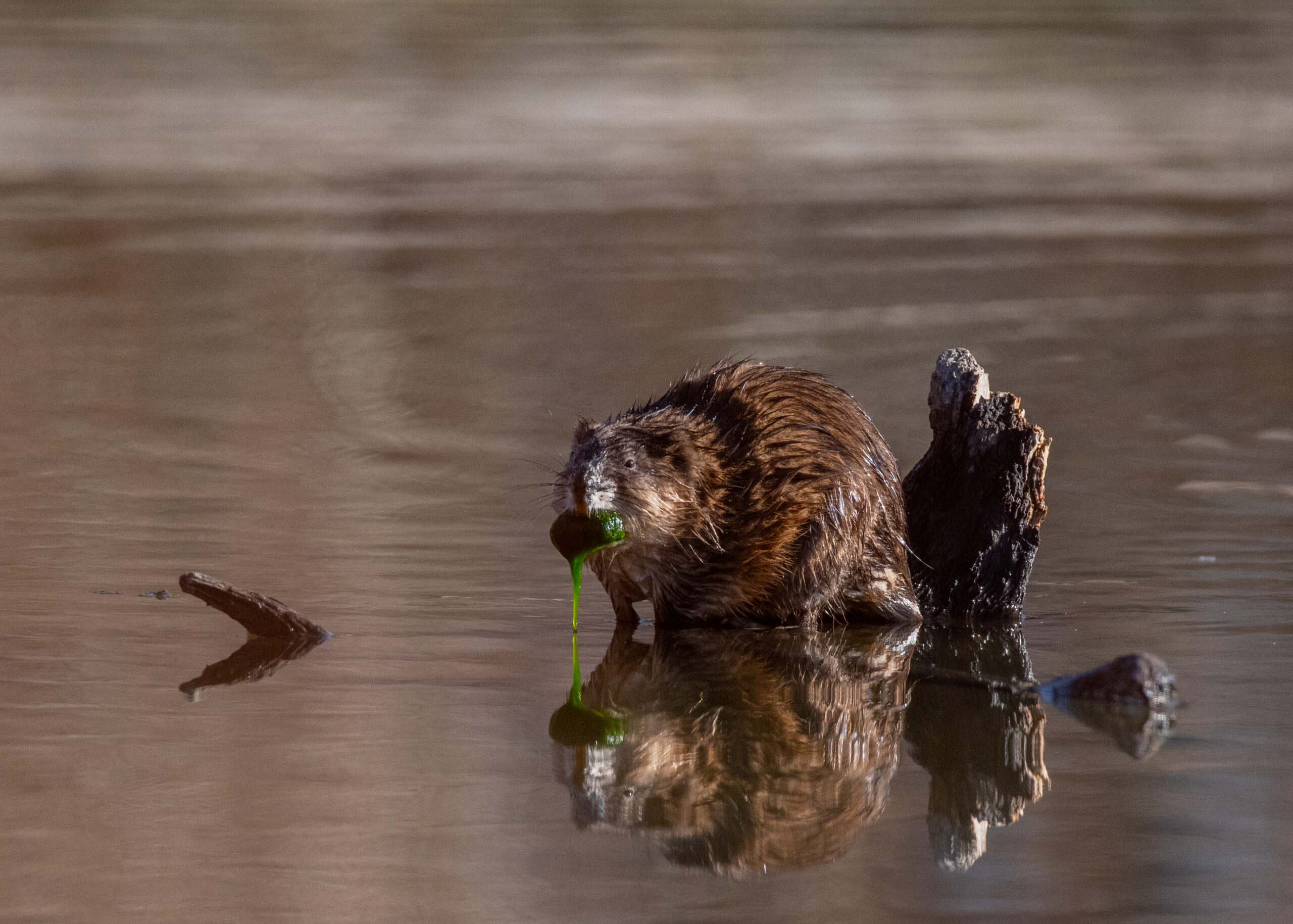
by Katie Grant Muskrats, often mistaken for their larger counterparts, beavers, are fascinating semi-aquatic rodents that play a crucial role in North America’s wetland ecosystems.
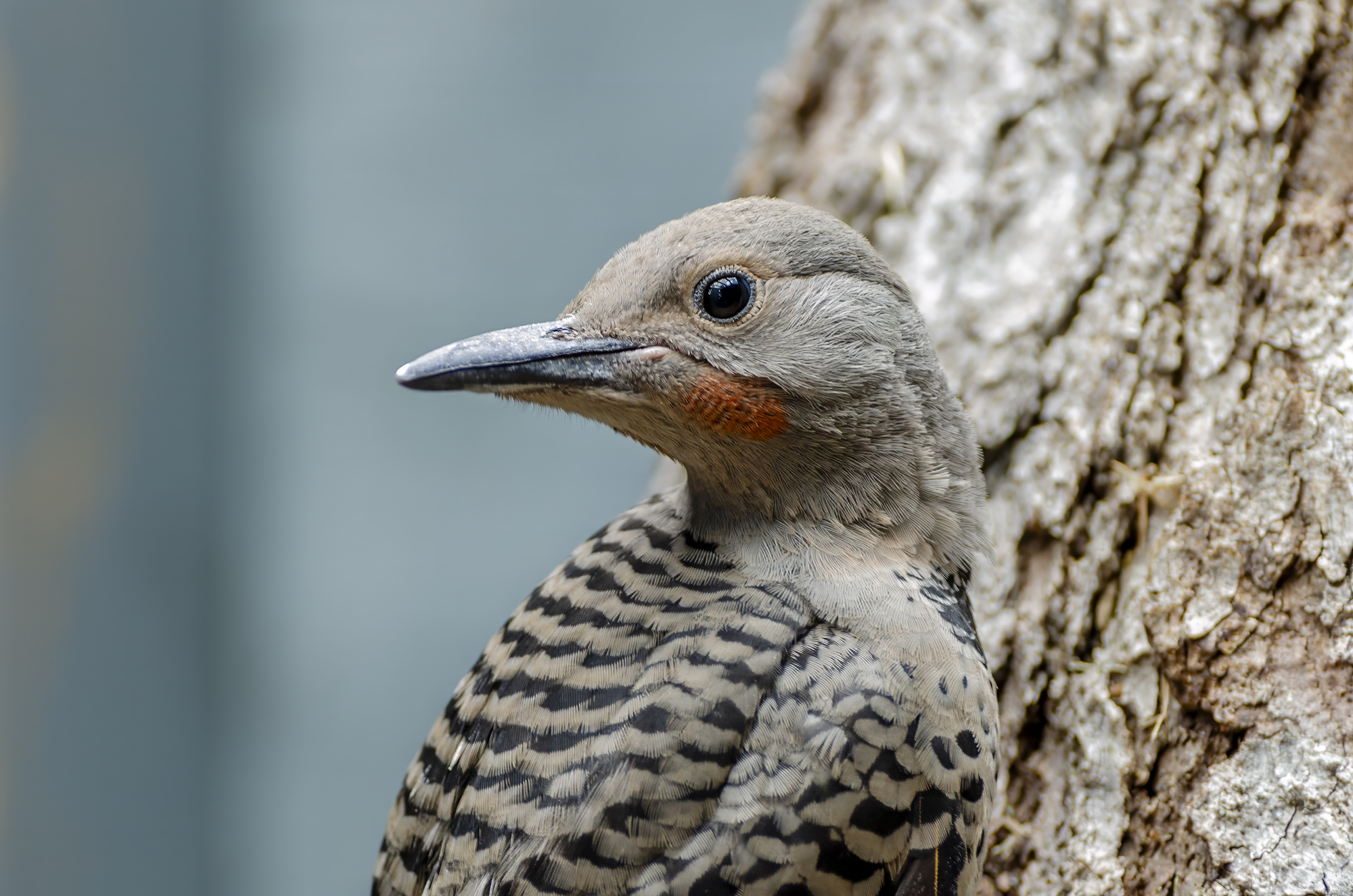
by Jennea Frischke Have you ever thought about what bird tongues look like? They are very different from our tongues. Human tongues are primarily muscular,
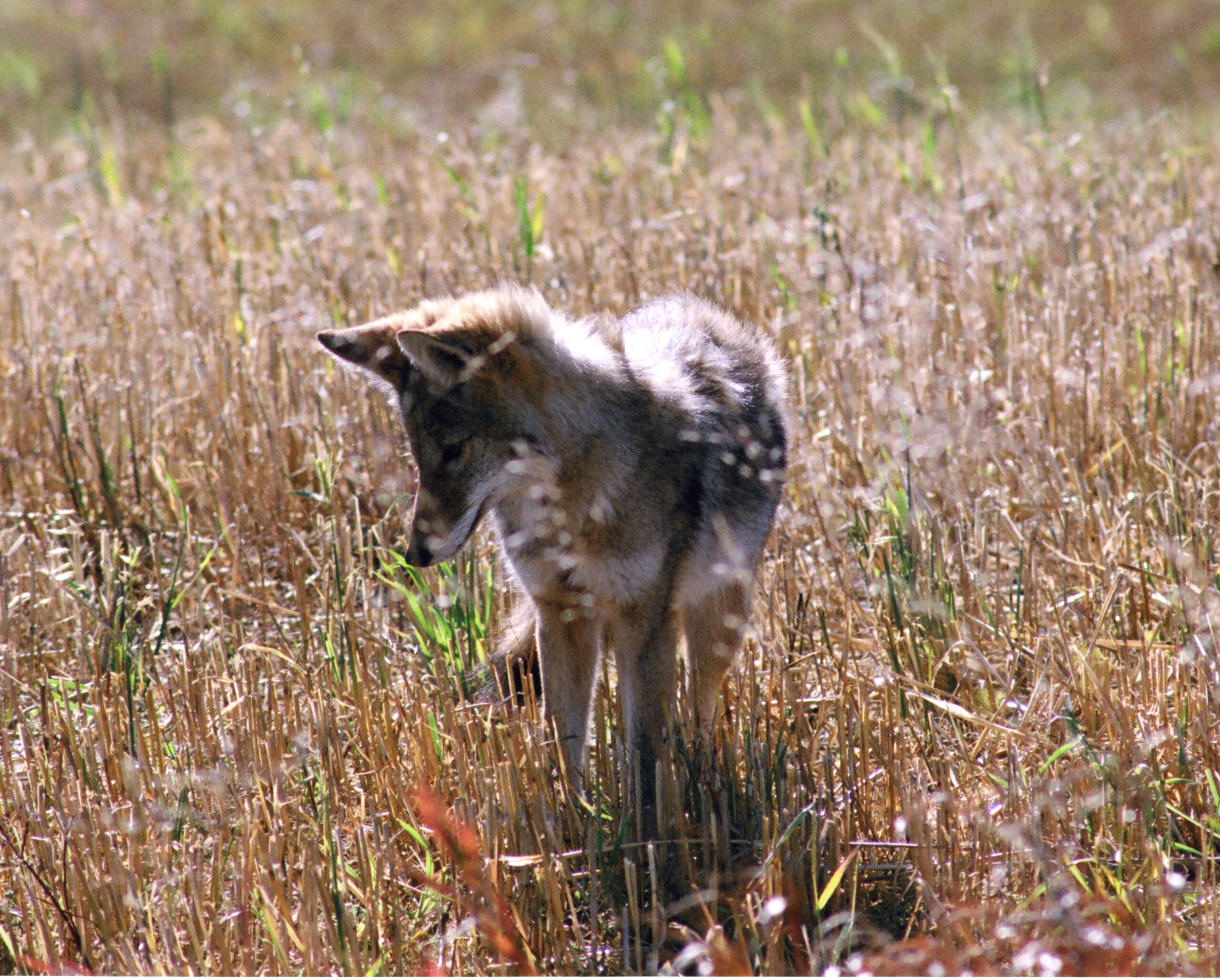
by Katie Grant The coyote is a species of canine native to North America. It is one of the seven members of the Canidae family
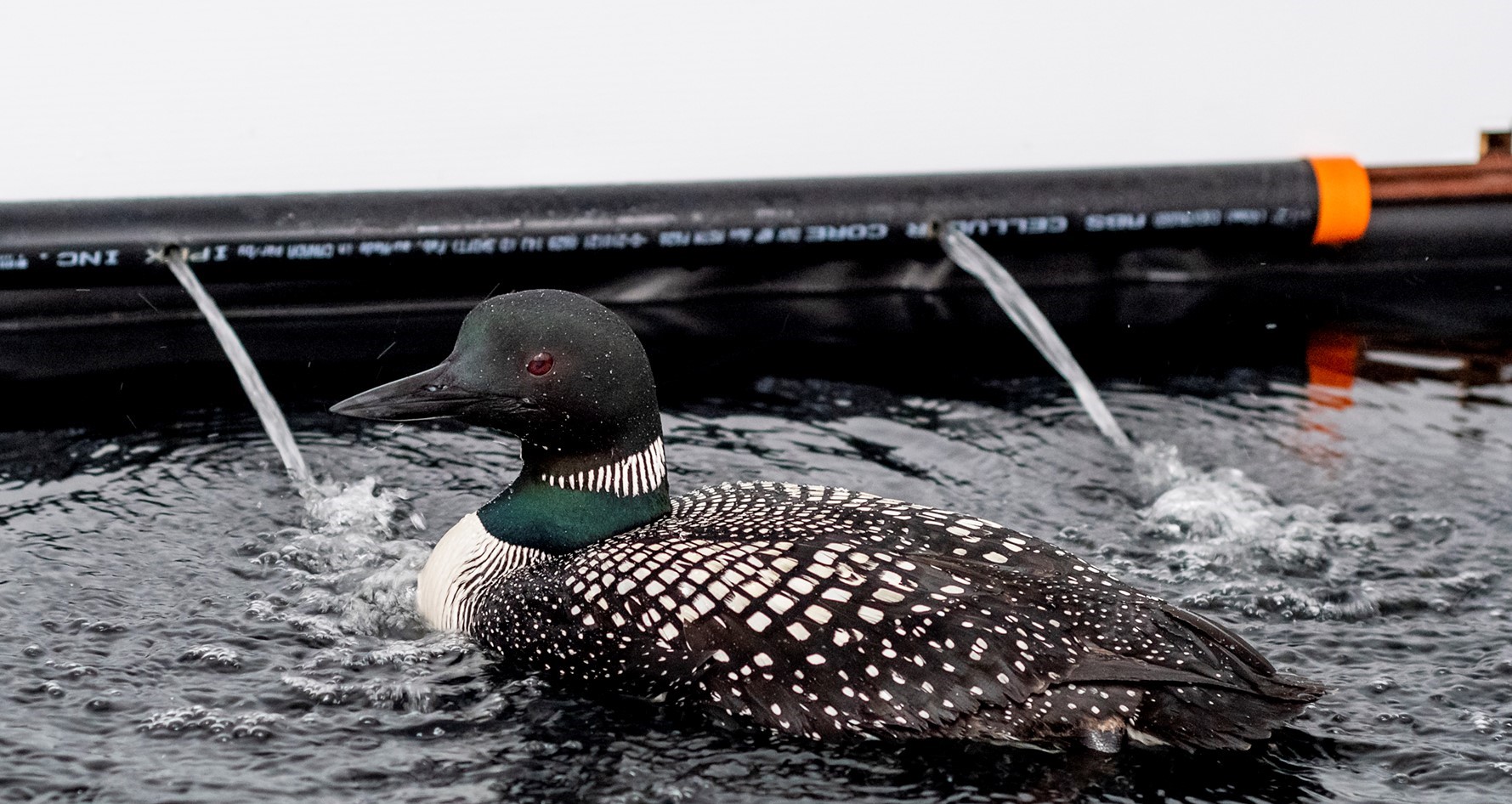
by Julia Gaume Birds have a fascinating ability that sets them apart from other animals – their natural capability to keep themselves dry when in
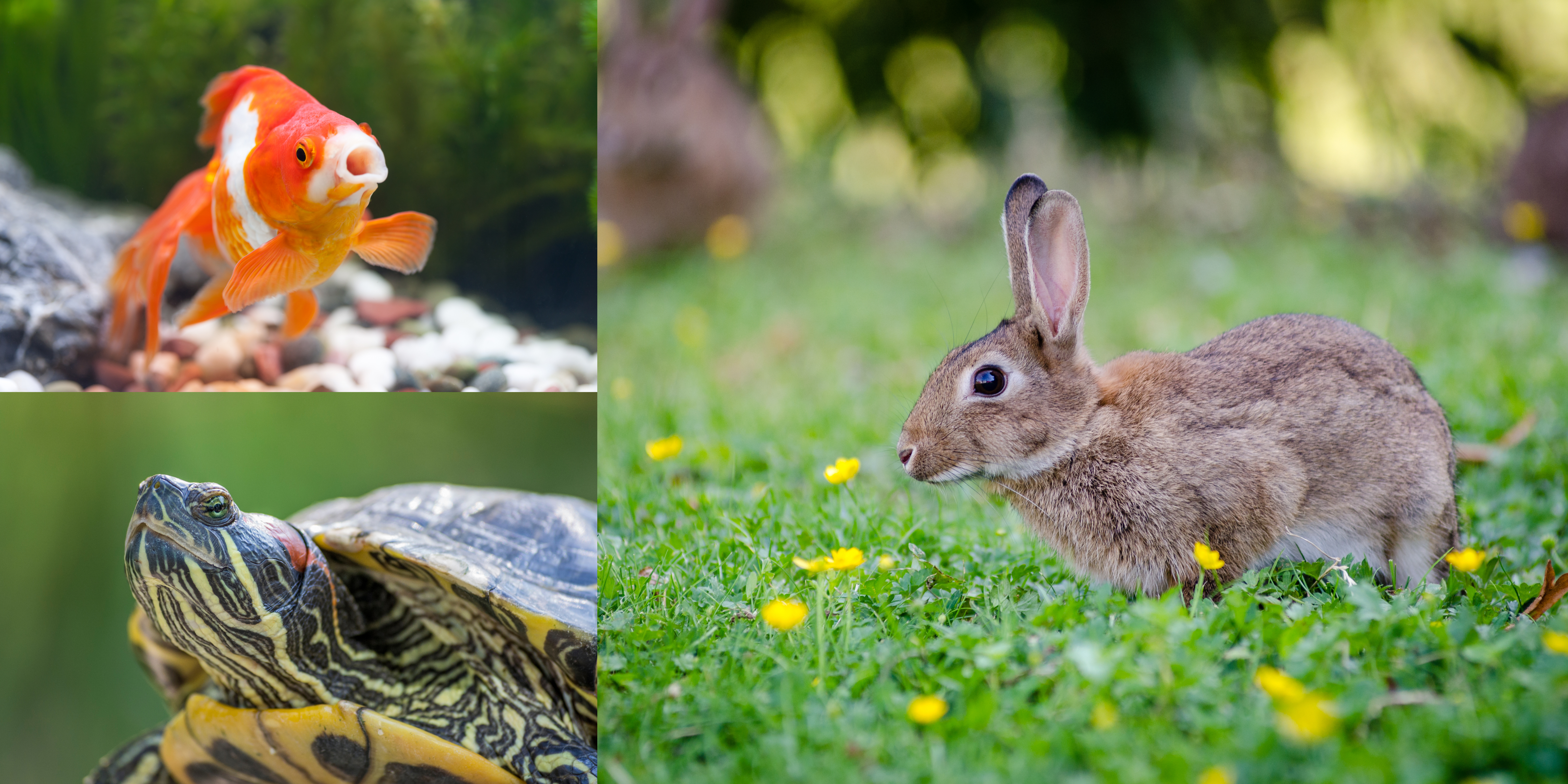
by Chelsea Blyth The release of domesticated animals into the wild, such as rabbits, amphibians, and cats, has far-reaching negative consequences for both the environment
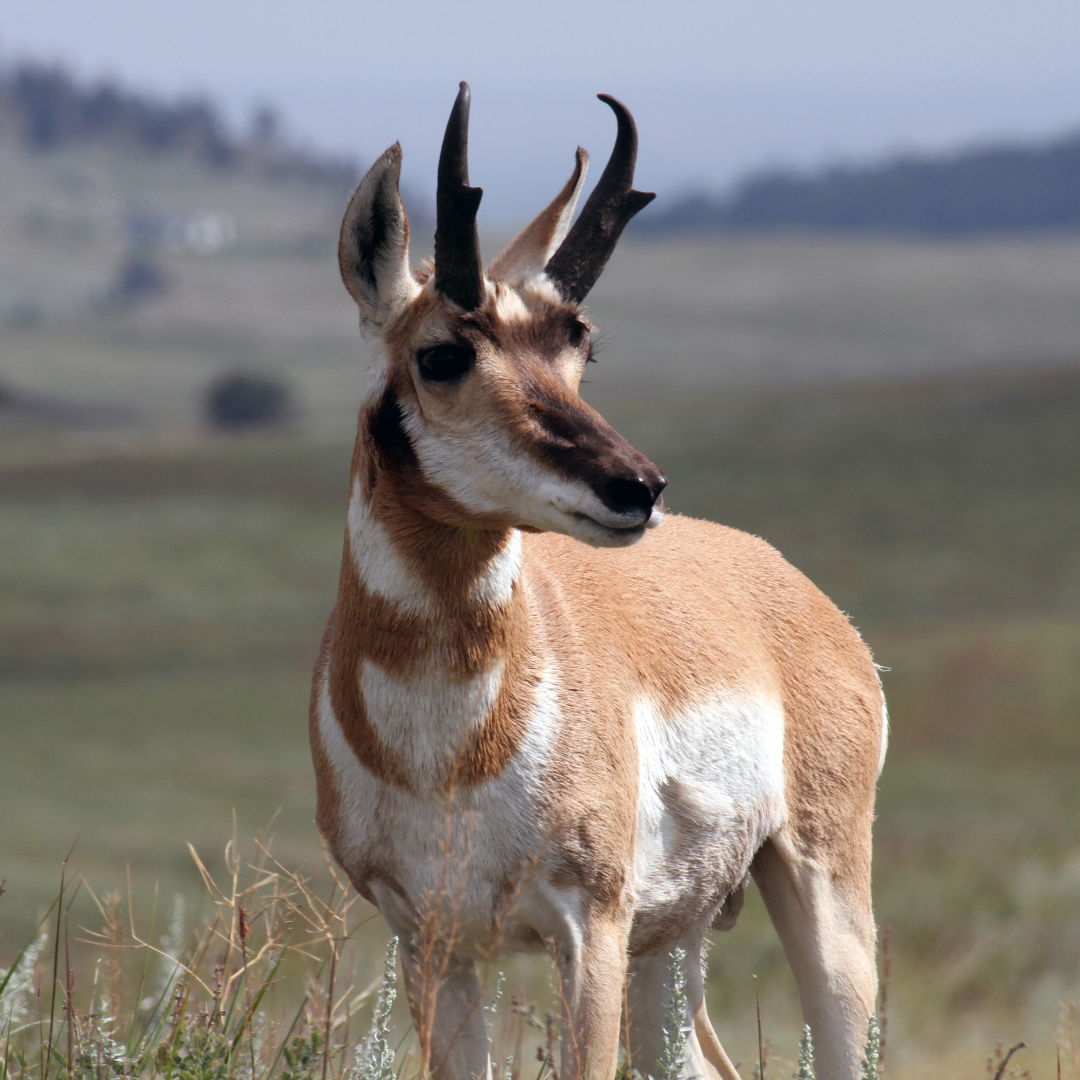
Pronghorns are instantly recognizable – from their curved horns to the white chevrons on their throats, they are aesthetically striking compared to other Albertan ungulates.
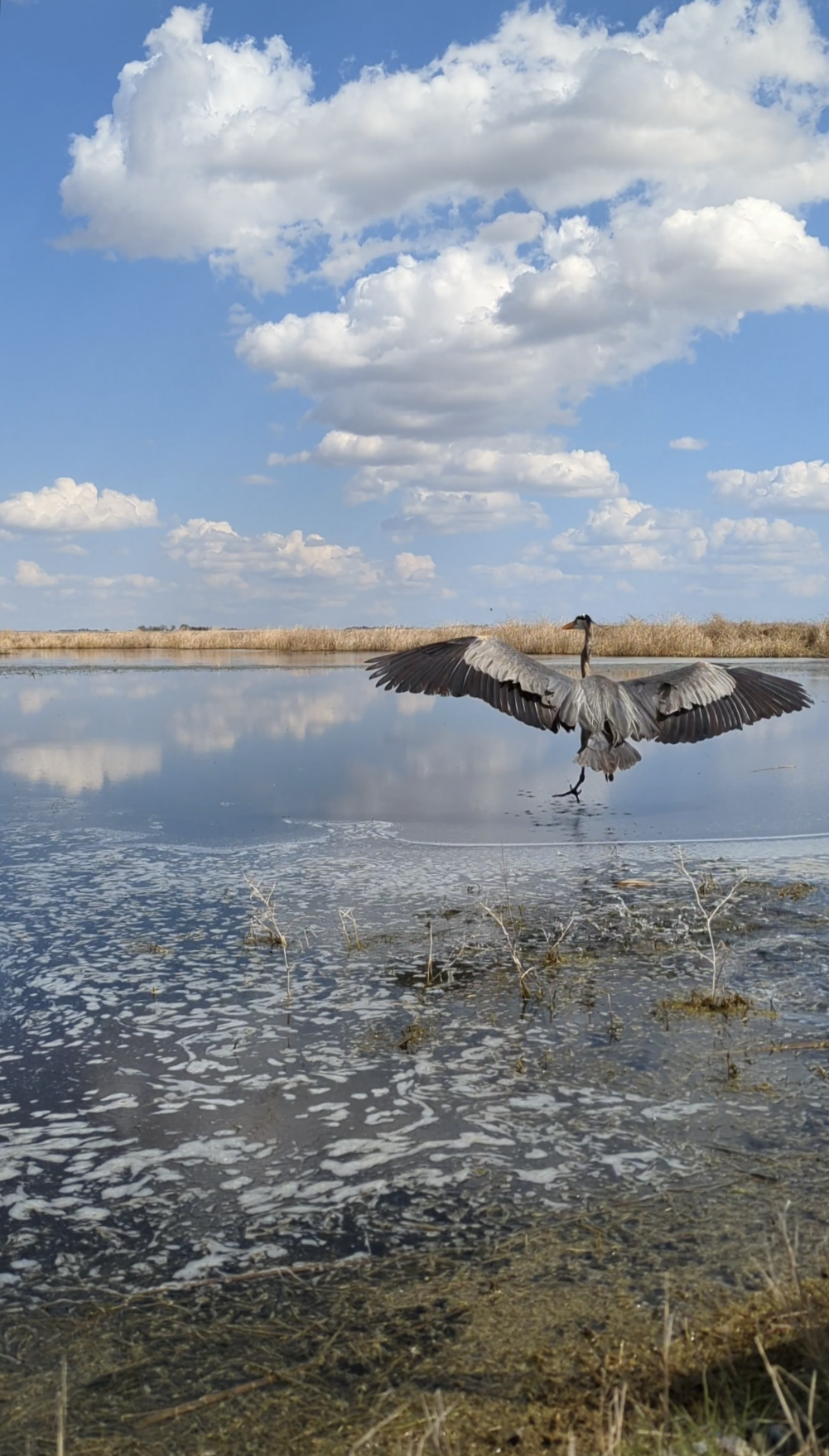
by Courtney Collins Did you know Alberta has four species of heron, with an additional six species that have been sighted here but do not
Charitable Registration #: 14041 6140 RR0001
Website Design by Konstruct Digital
© Copyright 2025 AIWC